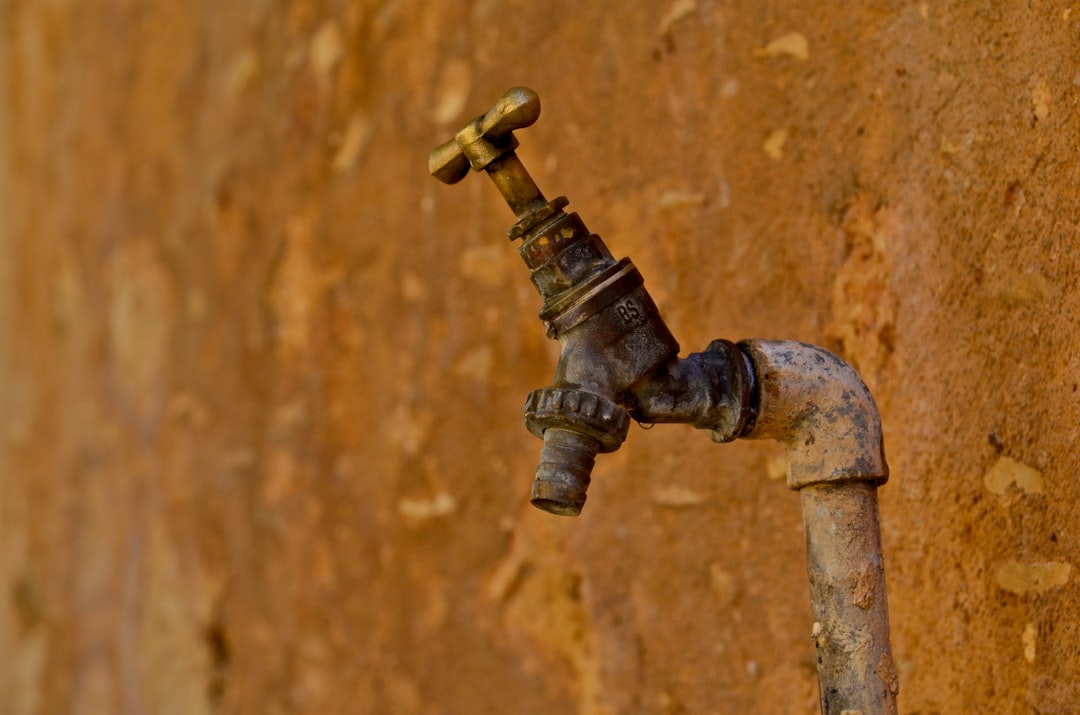“`html
The Global Urgency of Clean Water Access
For billions around the world, clean, safe drinking water isn’t just a convenience; it’s a daily struggle for survival. The lack of access to potable water fuels disease, hinders education, limits economic opportunity, and perpetuates cycles of poverty. This isn’t just a developing world problem; it’s a global crisis demanding immediate and sustained action.
The United Nations, through organizations like UNICEF, are at the forefront of this fight. Their efforts, alongside countless NGOs and governments, aim to provide sustainable access to safe water and sanitation for all. But why is this such a crucial undertaking, and what impact does it have?
Why Clean Water Access Matters: A Ripple Effect of Benefits
The impact of providing clean water extends far beyond simply quenching thirst. It triggers a cascade of positive changes across multiple aspects of life:
Improved Health and Reduced Disease
Waterborne diseases, such as cholera, typhoid, and dysentery, are rampant in areas with poor sanitation and contaminated water sources. These illnesses disproportionately affect children, leading to malnutrition, stunting, and even death. Access to clean water dramatically reduces the incidence of these diseases, saving lives and improving overall public health. The reduced burden on healthcare systems allows resources to be allocated to other critical areas.
Enhanced Education and Empowerment
In many communities, women and children are primarily responsible for fetching water, often walking long distances and spending hours each day. This task prevents children, particularly girls, from attending school and limits women’s ability to participate in economic activities. Providing access to clean water closer to home frees up time for education, income generation, and community development, empowering individuals and communities to break the cycle of poverty.
Boosted Economic Productivity
A healthy and educated population is a more productive workforce. When people are not constantly battling waterborne diseases, they are able to work and contribute to the economy. Furthermore, access to clean water is essential for agriculture, industry, and other economic activities. It enables farmers to irrigate crops, businesses to operate efficiently, and communities to thrive economically.
Environmental Sustainability
Sustainable water management practices are crucial for ensuring long-term water security. This includes protecting water sources from pollution, promoting efficient water use, and managing water resources in an integrated manner. By implementing sustainable water management strategies, we can ensure that future generations have access to the water they need.
The Devastating Impact of Water Scarcity
The consequences of water scarcity are far-reaching and devastating. They affect individuals, communities, and entire nations:
- Health Crises: Increased risk of waterborne diseases, malnutrition, and dehydration.
- Food Insecurity: Reduced agricultural yields and livestock production, leading to famine and starvation.
- Economic Instability: Decreased economic productivity, unemployment, and poverty.
- Social Unrest: Competition for scarce water resources can lead to conflict and displacement.
- Environmental Degradation: Over-extraction of groundwater, depletion of rivers and lakes, and desertification.
Regions facing chronic water scarcity are often plagued by political instability and humanitarian crises. Addressing water scarcity is therefore essential for promoting peace, stability, and sustainable development. As reported by BBC Future, many major cities are already facing significant water stress.
Innovative Solutions and the Future Outlook
While the challenges are significant, there’s also reason for optimism. Innovation and technology are playing an increasingly important role in addressing the global water crisis:
Water Purification Technologies
Advanced filtration systems, solar disinfection, and desalination technologies are making it possible to purify water from various sources, including contaminated rivers, lakes, and seawater. These technologies are becoming more affordable and accessible, enabling communities to treat their own water and reduce their reliance on centralized water systems.
Water Conservation Strategies
Promoting water conservation through education, incentives, and regulations is essential for reducing water demand. This includes encouraging efficient irrigation practices, implementing water-saving technologies in homes and businesses, and raising awareness about the importance of water conservation. Reuters reported on recent investments in water efficiency technologies due to climate concerns.
Smart Water Management
Utilizing technology to monitor and manage water resources more effectively is crucial for ensuring sustainable water use. This includes using sensors to detect leaks in pipelines, developing smart irrigation systems that adjust water use based on weather conditions, and creating data-driven models to predict water availability and demand.
Community-Based Solutions
Empowering communities to manage their own water resources is essential for ensuring long-term sustainability. This includes providing training and resources to help communities develop and maintain their own water systems, promoting community-based sanitation initiatives, and supporting local water management committees.
The Path Forward
The global push for clean water access is a complex and multifaceted challenge. Success requires a collaborative effort involving governments, NGOs, businesses, and communities. By investing in innovative solutions, promoting sustainable practices, and empowering communities, we can ensure that everyone has access to the clean, safe water they need to thrive. The future of water security hinges on our collective action today.
“`

